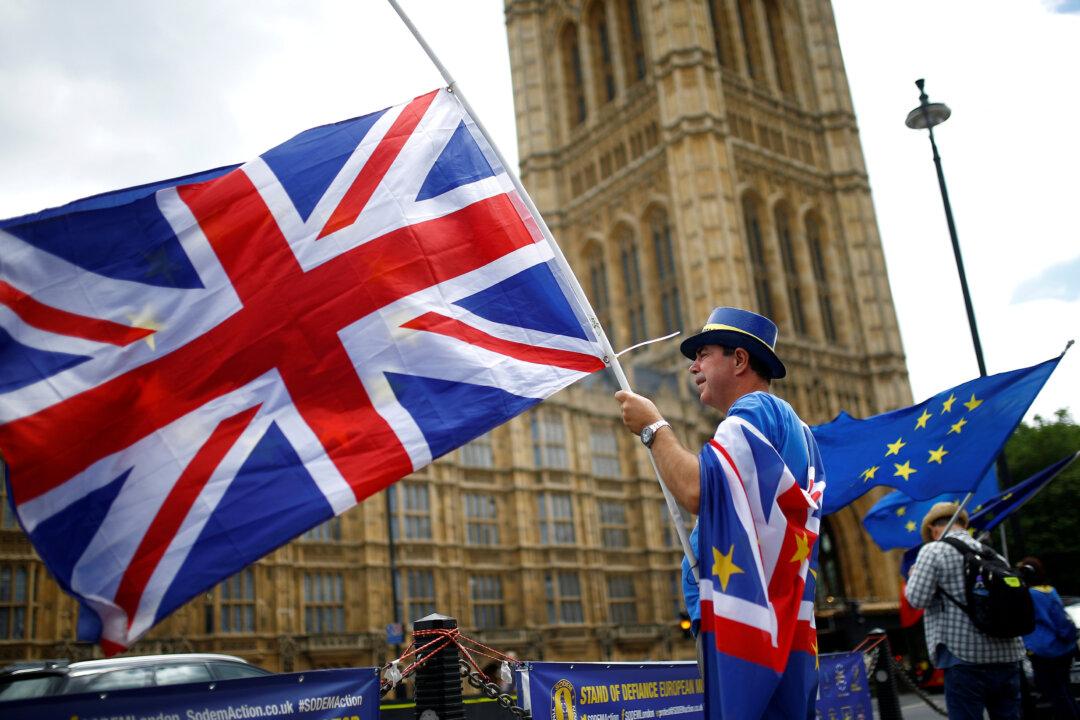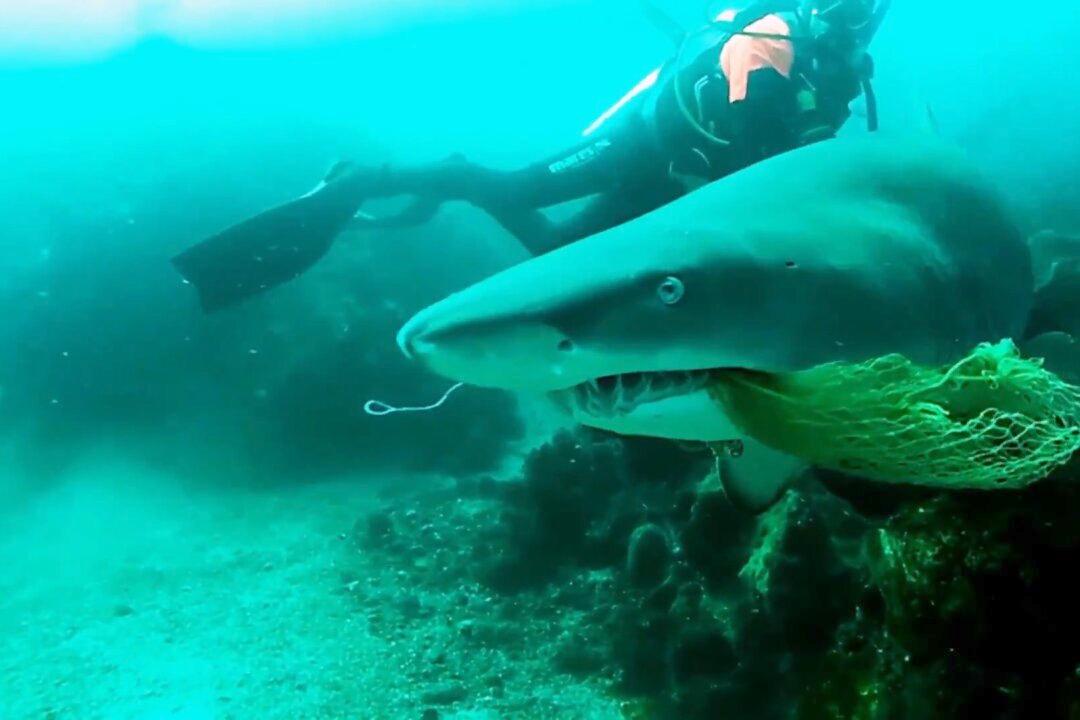In the last few decades the rate of Indigenous Australians taking their own lives has reached crisis levels – it’s time we started talking about it.
A recent report states that parts of Northern Australia are witnessing the highest rate of youth suicide in the world. Some remote areas in the Kimberley, Western Australia, have a suicide rate 100 times the average national suicide rate.
Young Indigenous men and women are the most impacted, according to the Australian Bureau of Statistics. Figures show that the suicide rate is 4 times higher for young Indigenous men compared to their non-Indigenous counterparts and 5 times higher for young Indigenous women.
How are such grim statistics a reality in one of the wealthiest developed countries in the world?
Some contributing factors stem from past neglected wounds that have decayed into the present.
The Stolen Generation policy has caused immense trauma – a trauma that has been passed down to the younger generations. Up until the 1970s, many Indigenous children were stolen from their families by welfare officials, something that was common since the European occupation of Australia.
These children became the ‘Stolen Generation’ and were part of the government’s ‘assimilation’ policy. Many of the children were exploited for labour, abused and lost connection with their family and culture.
According to former president Kevin Rudd’s apology speech in 2008, up to 50,000 children were stolen from their families between 1909 and 1969. However, 2014 figures show Indigenous children are impacted even more today, with around 14,000 children living in out-of-care homes nationally.
Further compounding to the suicide crisis, racial discrimination in Australia is a present day reality. A recent television campaign highlights how subtle acts of racism could lead to depression and anxiety in Indigenous people. National figures show that 27 percent of Indigenous Australians regularly experience racial discrimination.
The key factors contributing to self-harm and suicide in the Indigenous community is synopsized by leading Indigenous psychologist Professor Pat Dudgeon in The Elders’ Report into Preventing Indigenous Self-harm & Youth Suicide:
“The brutal history of colonization, the inter-generational trauma left by Stolen Generations policy, and ongoing racism, combined with the everyday realities in many Aboriginal communities, such as unemployment, poverty, overcrowding, social marginalization, and higher access to alcohol and drugs. Together they have created a very difficult life context in many communities.”
Forgiveness
Uncle Max Dulumunmun Harrison is an Aboriginal Elder and Director of Culture is Life, a campaign run by Elders to end Indigenous suicide and self-harm.
The 80-year-old Aboriginal man exuded peace and acceptance as he sat in his living room, like the gently-swaying trees in the backdrop of his home in Woronora.
In the year 2000, Max lost his eldest son, who was 40 years old, to suicide. His son, Tony, hanged himself in his shed.
Max recalled the moment when he found out the news.
“When the phone rang,” he said, slowly, “the first thing I said was: ‘I forgive you son. I forgive you for the pain you caused to me, to your mother, to your cousins, to your nieces… for going before your grandfathers.’”
He said forgiveness and acceptance is the most important part of any culture.
Many Elders, he said, feel that the young have no right to go before the old.
“That’s why I chose to forgive,” he said.
Max was not allowed to go to school but learnt about his culture from his Aboriginal parents. He is now a professor at the University of Wollongong, has lectured around the world and takes groups to the mountains, connecting the younger generation to the traditional Aboriginal way of life.
“When you are just walking quietly, your awareness heightens, your spiritual awareness heightens,” he said.
“I’m closing the gap in cultural knowledge.”
Healing From Within
The Elders’ Report is comprised of first-hand unaltered views from within the community. It brings together the voices of 31 Elders who were willing to talk about the suicide epidemic on their lands. It could well hold the solution to the national Indigenous suicide crisis.
As written by Dudgeon in the report, Elders are “the vital bridge between the modern world and Aboriginal culture.”
Mick Gooda, Aboriginal and Torres Strait Islander Social Justice Commissioner writes in the foreword that long-term solutions are not about bringing in outsiders, but to heal from within the community.
The report calls on the government to listen to the community, and to not get caught in bureaucratic intervention; many share the view that government policies, although well-meaning, could have compounded the crisis.
Dudgeon’s words summarise the outcome the Elders would like to see:
“After so many years of top-down policymaking and funding programs that have not achieved the changes intended on the ground, they are crying out to be heard and to be involved in healing their communities and giving young Indigenous people their inheritance of cultural knowledge, identity and strength.”





